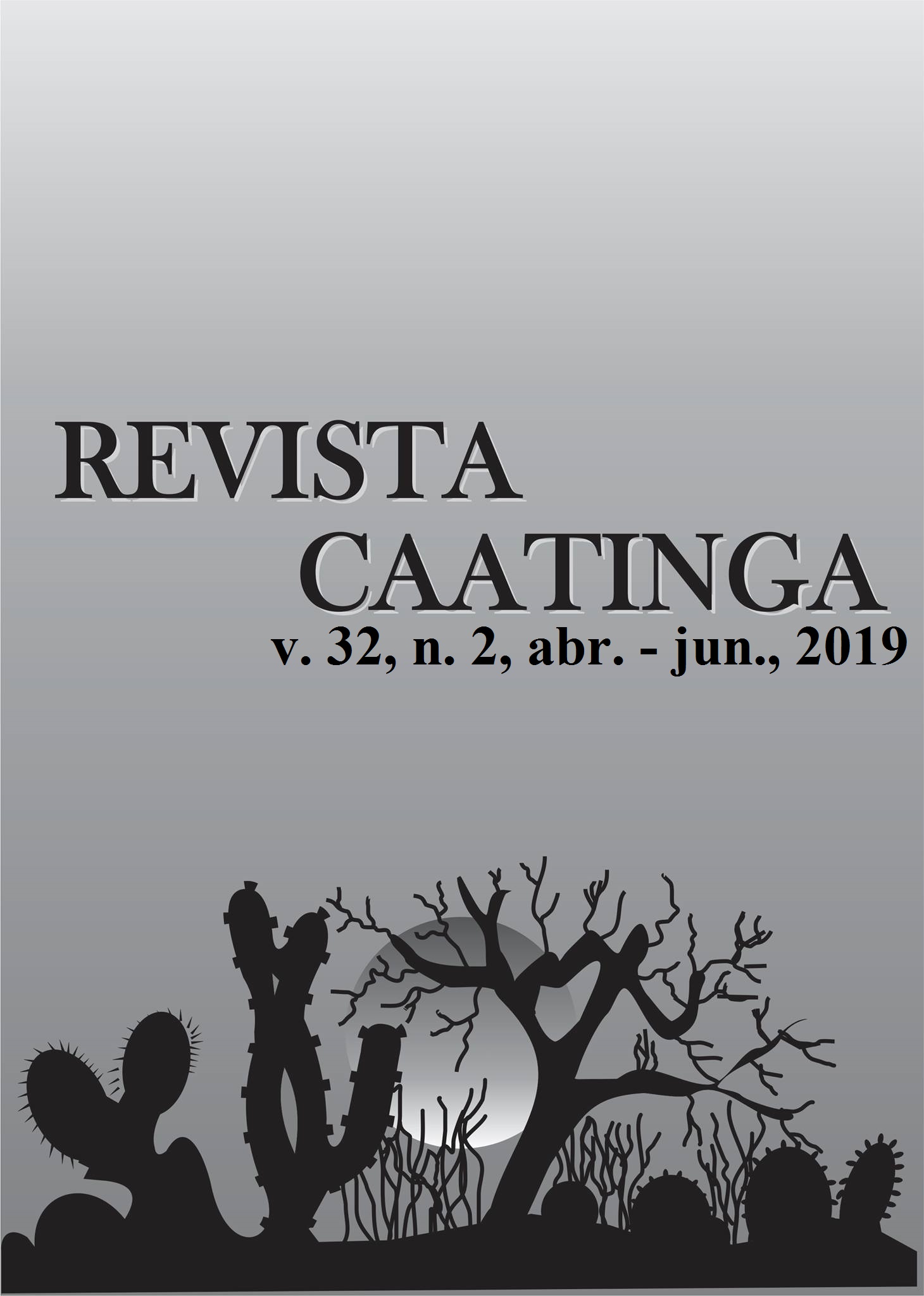ADAPTABILITY AND PHENOTYPIC STABILITY OF LETTUCE CULTIVARS IN A SEMIARID REGION
DOI:
https://doi.org/10.1590/1983-21252019v32n228rcKeywords:
Lactuca sativa L. Mixed models. Productivity. Plant breeding.Abstract
Studies on lettuce genotypes growing in different environments and planting seasons are important for this crop because its productive potential is greatly affected by environmental conditions. The mixed model methodology (REML/BLUP) have been used to evaluate the effects of the genotype-environment interaction on crops. Thus, the objective of the present work was to estimate parameters of adaptability and the phenotypic stability in lettuce cultivars grown in a semiarid region of Brazil, using a mixed model. Twelve lettuce cultivars from the Americana (Angelina, Amélia, and Tainá), Crespa (Scarlet, Vera, Isabela, and Vanda), Mimosa (Mila, Mimosa, and Lavínia), and Lisa (Elisa and Regiane) groups were evaluated. The experiments were conducted in a randomized complete block design, with four replications. The genetic parameters were estimated by the REML/BLUP method; and the simultaneous selection of productivity, stability, and adaptability of the genotypes was based on harmonic means of relative performances of predicted genotypic values (HMRPPGV). The Amélia, Angelina, and Tainá cultivars stood out for yield. The Regiane and Elisa cultivars presented significant responses in yield and number of leaves and are the most suitable for growing in the environmental conditions of Mossoró, RN, Brazil. The Crespa and Mimosa groups presented no stability and adaptability to the environmental conditions in which the experiments were conducted. More genotypes of all lettuce groups should be evaluated, and breeding programs should be developed to obtain genotypes with higher productivity, quality, and resistance to heat for semiarid regions.
Downloads
Downloads
Published
Issue
Section
License
Os Autores que publicam na Revista Caatinga concordam com os seguintes termos:
a) Os Autores mantêm os direitos autorais e concedem à revista o direito de primeira publicação, com o trabalho simultaneamente licenciado sob a Licença Creative Commons do tipo atribuição CC-BY, para todo o conteúdo do periódico, exceto onde estiver identificado, que permite o compartilhamento do trabalho com reconhecimento da autoria e publicação inicial nesta revista, sem fins comerciais.
b) Os Autores têm autorização para distribuição não-exclusiva da versão do trabalho publicada nesta revista (ex.: publicar em repositório institucional ou como capítulo de livro), com reconhecimento de autoria e publicação inicial nesta revista.
c) Os Autores têm permissão e são estimulados a publicar e distribuir seu trabalho online (ex.: em repositórios institucionais ou na sua página pessoal) a qualquer ponto antes ou durante o processo editorial, já que isso pode gerar alterações produtivas, bem como aumentar o impacto e a citação do trabalho publicado (Veja O Efeito do Acesso Livre).







